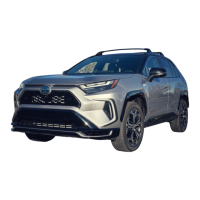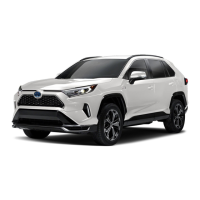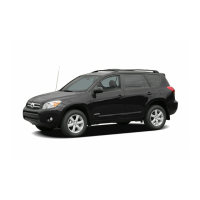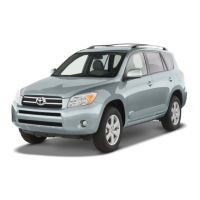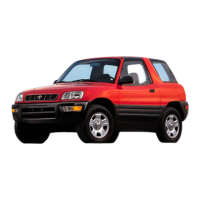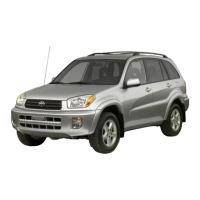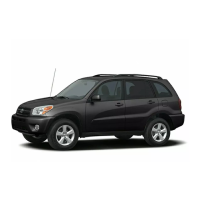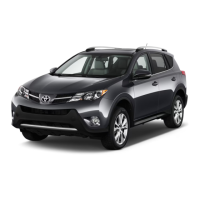293
5
5-1. Before driving
Driving
● The brake system consists of 2 or
more individual hydraulic systems;
if one of the systems fails, the other
will still operate. In this case, the
brake pedal should be depressed
more firmly than usual and the
braking distance will increase. Have
your brakes fixed immediately.
■ If the vehicle becomes stuck
Do not spin the wheels excessively
when any of the tires is up in the air,
or the vehicle is stuck in sand, mud,
etc. This may damage the driveline
components or propel the vehicle for-
ward or backward, causing an acci-
dent.
■ When driving the vehicle
● Do not depress the accelerator and
brake pedals at the same time
during driving, as this may restrain
the hybrid system output.
● Do not use the accelerator pedal or
depress the accelerator and brake
pedals at the same time to hold the
vehicle on a hill.
■ Avoiding damage to vehicle
parts
● Do not turn the steering wheel fully
in either direction and hold it there
for an extended period of time.
Doing so may damage the power
steering motor.
● When driving over bumps in the
road, drive as slowly as possible to
avoid damaging the wheels, under-
side of the vehicle, etc.
■ If you get a flat tire while driving
A flat or damaged tire may cause the
following situations.
● It may be difficult to control your
vehicle.
● The vehicle will make abnormal
sounds or vibrations.
● The vehicle will lean abnormally.
Hold the steering wheel firmly and
gradually depress the brake pedal to
slow down the vehicle.
Information on what to do in case of a
flat tire (P.548, 559)
■ When encountering flooded
roads
Do not drive on a road that has
flooded after heavy rain, etc. Doing so
may cause the following serious dam-
age to the vehicle:
● Engine stalling
● Short in electrical components
● Engine damage caused by water
immersion
In the event that you drive on a
flooded road and the vehicle is
flooded, be sure to have any autho-
rized Toyota retailer or Toyota autho-
rized repairer, or any reliable repairer
check the following:
● Brake function
● Changes in quantity and quality of
oil and fluid used for the engine,
hybrid transaxle (front and rear),
etc.
● Lubricant condition for the bearings
and suspension joints (where possi-
ble), and the function of all joints,
bearings, etc.
● Components connected to the trac-
tion battery.
■ When parking the vehicle
Always set the parking brake, and
shift the shift lever to P. Failure to do
so may cause the vehicle to move or
the vehicle may accelerate suddenly
if the accelerator pedal is accidentally
depressed.
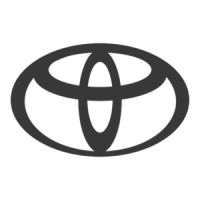
